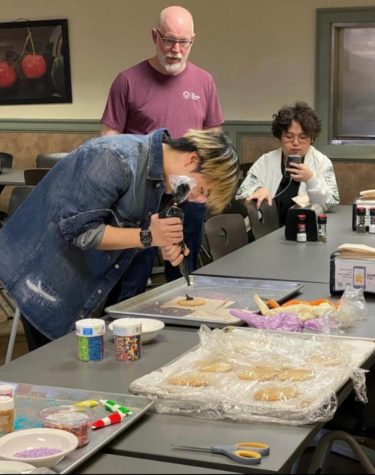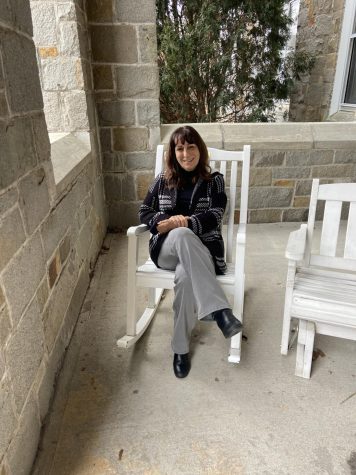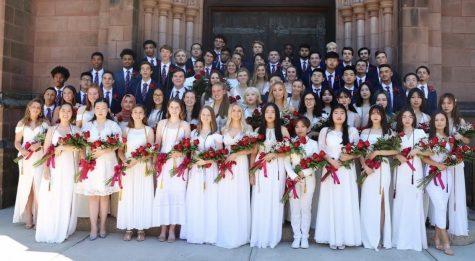Evolving dress code seeks long-neglected flexibility
October 25, 2015
It’s been a point of contention for years now, both as a subject of scrutiny by MacDuffie community members and as part of a larger cultural conversation. That conversation has now resulted in concrete action as a look through this year’s Student Handbook will reveal a new, significantly revised dress code with drastic structural differences from past years.
“It hadn’t been touched in many years,” explains Head of Upper School Chris Bielizna, who orchestrated the revisions. He immediately recalled the use of the concept of “distraction” in the old dress code, a common theme in US school dress codes that often manifests as assuming the inevitability of sexual harassment and placing the responsibility to curb it on the victims, who are predominantly girls. Bielizna attended a conference last year at Amherst College framing school dress codes in a feminist context.
Many of the other provisions that perpetuate those assumptions have been dealt with by a new structure that provides broad guidelines rather than specific restrictions. The notorious “four inch rule” and other detailed limitations that targeted shorts, skirts, sleeveless tops and other forms of clothing most likely to be worn by girls have been replaced by “the rectangle,” a diagram that requires clothing to cover from the armpits to the thighs as far as a student’s arms extend downward in a natural standing position.
Many old provisions, referred to as “standards,” remain, mostly focused on maintaining basic appropriateness. The more traditional rules regarding head coverings (not allowed except for religious purposes) remain. But other scrutinized rules have also fallen off in the transformation. High heels are no longer banned completely, with only stilettos, platform shoes, and heights exceeding four inches being prohibited. Allowances are also made for dress sandals, as the code attempts to recognize seasonal flexibility.
The “in good repair” stipulation has been granted an exception for stylistically pre-torn jeans, which Bielizna says is meant to accommodate fashion trends, part of a general effort to allow “freedom of choice [and] expression.” As such, sweatpants are no longer banned, removing a rule that had baffled students for years. Bielizna says that change was a direct result of last year’s year-end faculty meeting, as “it was something the faculty caught on behalf of the students.”
The remainder of the code consists of “values,” guidelines that frame dress expectations around Respect, Context, Intentionality and Professionalism, and asks every student to make their own choices based on those values. The code is also meant to be sensitive to “gender, race, ethnicity, status equity, generational expectations, religion, creed, and adjudication,” with Bielizna also expressing the intention of sensitivity towards transitioning students.
The process is not finished. “It will always need revision,” Bielizna stresses, adding that he plans to form student committees later in the year to continue examining the dress code and prevent it from becoming static. As it stands now?
“I’m wearing Quarterman shoes today,” he confides. “Make choices. Have fun.”






